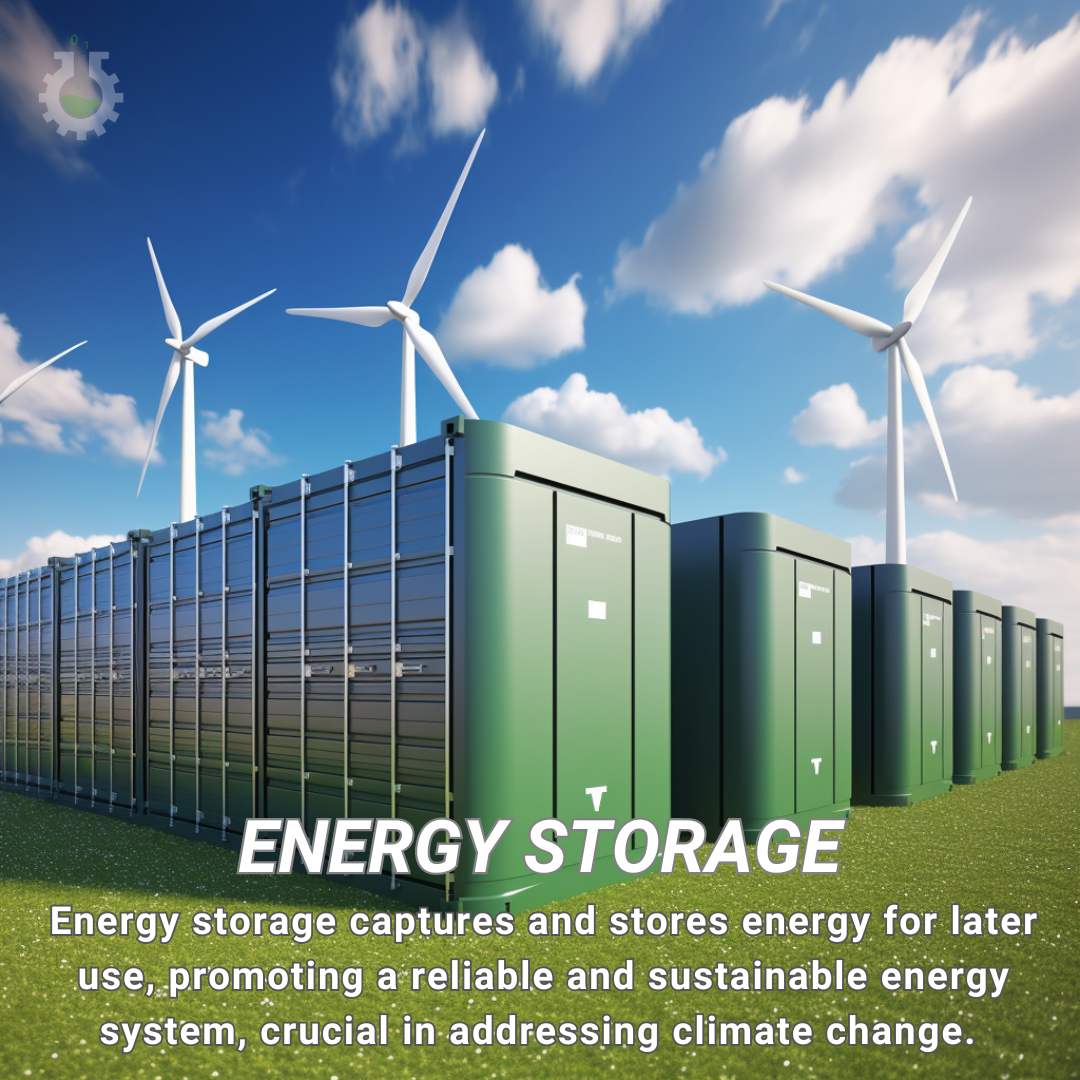January 31, 2024
Climate Change Poster Collection of the Day – Energy Storage
Book a Demo
Today’s Climate Change Poster Collection highlights Energy Storage. The significance of energy storage systems in the process of separating energy consumption from its production cannot be overstated. These systems, designed to handle both electrical and thermal energy, are a crucial part of our energy infrastructure. This is increasingly becoming apparent as we shift towards more sustainable and renewable energy sources.
Electricity is typically stored through chemical or mechanical methods. On the other hand, thermal energy often utilizes either simple or advanced storage systems. The chosen method can vary depending on the specific needs and capacity of the energy system in question.
The decreasing costs of renewable energy sources like solar and wind power, coupled with increased efforts to decarbonize transportation, underline the importance of electrical and thermal energy storage for deep decarbonization. The transition towards a low-carbon future is heavily reliant on effective energy storage systems.
Improved batteries and other emerging technologies offer enhanced system flexibility in electricity storage. This technological advancement is paving the way for a transport sector dominated by electric vehicles, effective off-grid solar home systems, and 100% renewable mini-grids.
To assess the value of storage and create suitable investment conditions for the effective integration of solar and wind power, the Electricity Storage Valuation Framework recommends a five-phase approach. This ensures a comprehensive analysis of energy storage systems and their potential benefits.
The electric power grid’s function is inherently dependent on a balance between supply and demand. Electricity storage during high production and low demand periods serve as a means to maintain this balance. This is yet another reason why energy storage systems are so integral to our energy infrastructure.
There are various methods for energy storage, including pumped hydroelectric, compressed air, flywheels, batteries, and thermal energy storage. Furthermore, new technologies such as flow batteries, supercapacitors, and superconducting magnetic energy storage are currently under development. These innovations promise to further enhance our ability to store and use energy effectively.
Electricity storage can also offer indirect environmental benefits. This includes facilitating the integration of more renewable energy into the electricity grid, optimizing the operation of generation facilities, reducing the use of less efficient generating units, and avoiding or delaying the need to build additional power plants or infrastructure. Therefore, investing in energy storage not only contributes to a more efficient and flexible energy system but also promotes environmental sustainability.
Energy storage systems play a critical role in our energy infrastructure. Their ability to separate energy consumption from production, facilitate the integration of renewable energy sources, and balance the supply and demand on the power grid make them indispensable in our shift towards a sustainable, low-carbon future.
Discover an inspiring collection of climate change poster.



